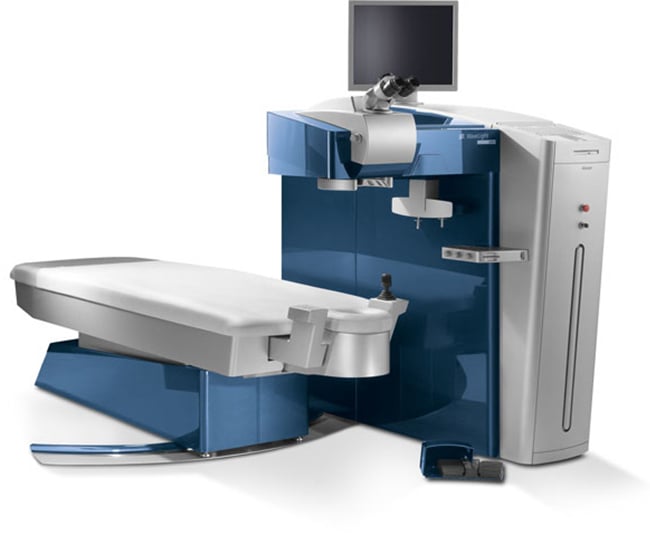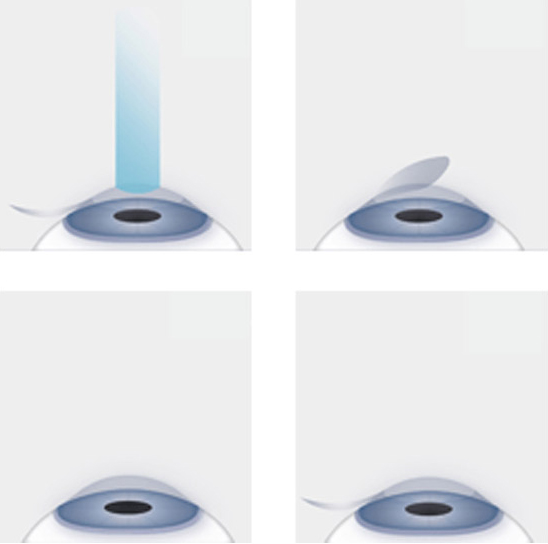LASIK Houston
Schedule an Appointment
Call 713-668-6828
Am I a Candidate?
The Ideal Candidate for LASIK:
-
is within the correctable range
-
has not had a change in their glasses prescription for a year (has a stable refractive error)
-
is free of eye disease
-
is at least eighteen years old
-
will accept the potential risks, complications, and side effects of LASIK

LASIK Appointment Expectations
Are You a LASIK Candidate?
Take our LASIK self-test to find out!
Tired of Messing with Contacts? Can’t Wait to Throw Away Your Glasses?


Choosing the LASIK Eye Surgery Procedure That’s Right For You
Because of the many differences in technologies and your individual vision correction needs, it’s important to discuss all of your options with a qualified ophthalmologist like the LASIK Eye Surgeons at Houston Eye Associates. Only a LASIK expert can determine whether traditional LASIK, Allegretto Wave LASIK, or the Bladeless IntraLase Method would be right for you. As with all elective eye surgery procedures, you should ask your ophthalmologist for a complete list of the risks and complications associated with LASIK and the IntraLase Method. Learn more about each procedure below.
The Allegretto Wave
The Allegretto Wave is an exciting development in Custom LASIK technology. As one of the newer generation FDA-approved lasers, its technology reduces the chance that patients will see glare or halos, or have difficulty with night vision or night driving, after their surgery.

What Happens If My Eye Moves During Custom LASIK Surgery?
Not to worry. The Allegretto Wave’s eye-tracking technology charts the eye’s movement, allowing the beam to know where your eye is at all times. However, if your eye moves too quickly or out of the range of the beam, it stops and waits for your eye to come back to where it can continue.
Are There Different Types of WaveFront-Guided LASIK Surgery?
Choosing the LASIK Eye Surgery Procedure That’s Right For You
Because of the many differences in technologies and your individual vision correction needs, it’s important to discuss all of your options with a qualified ophthalmologist like the LASIK Eye Surgeons at Houston Eye Associates. Only a LASIK expert can determine whether traditional LASIK, Allegretto Wave LASIK, or the Bladeless IntraLase Method would be right for you. As with all elective eye surgery procedures, you should ask your ophthalmologist for a complete list of the risks and complications associated with LASIK and the IntraLase Method.
Blade-FREE LASIK
What is Blade-FREE LASIK, or FS-200 Bladeless LASIK?


